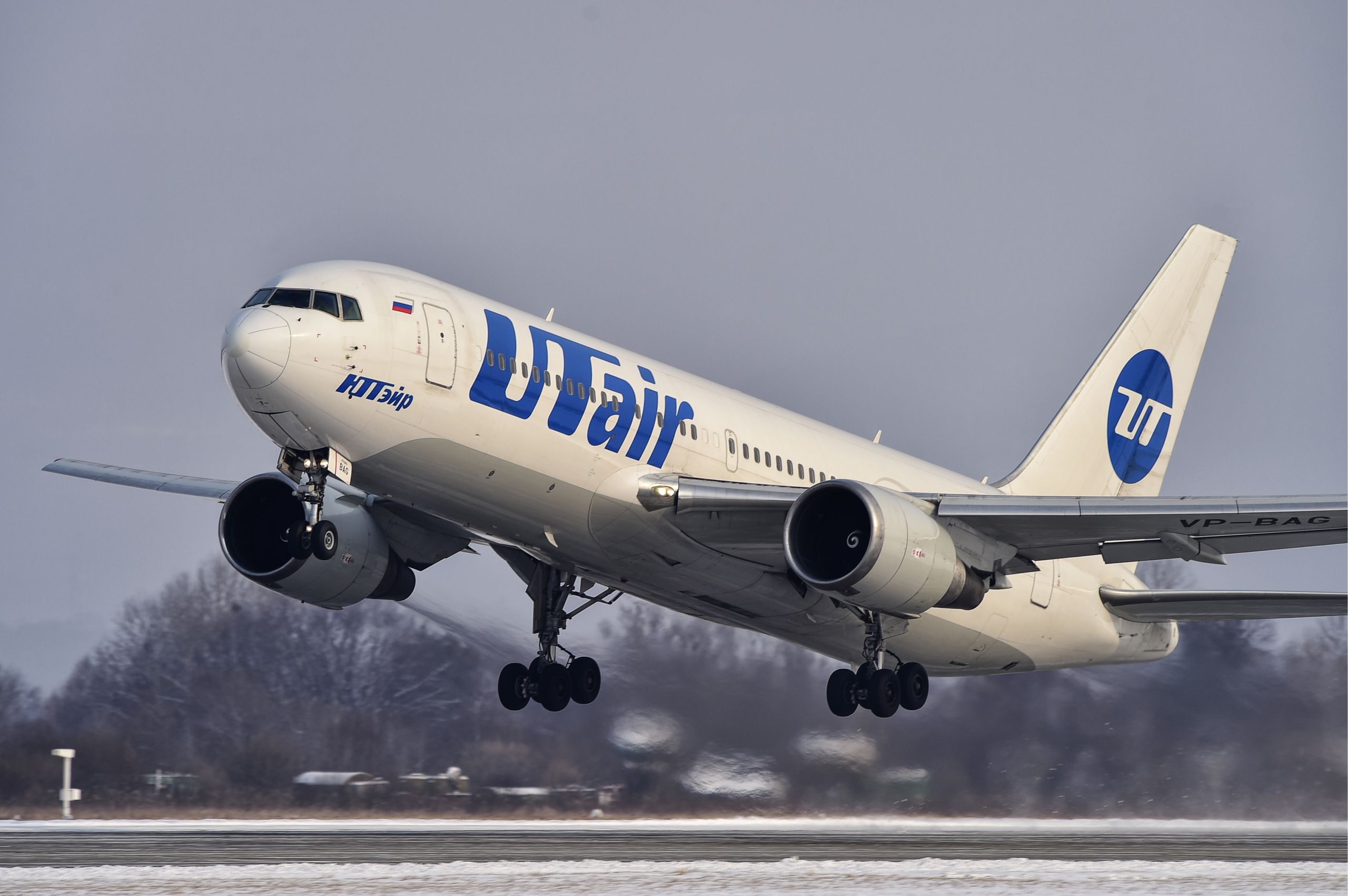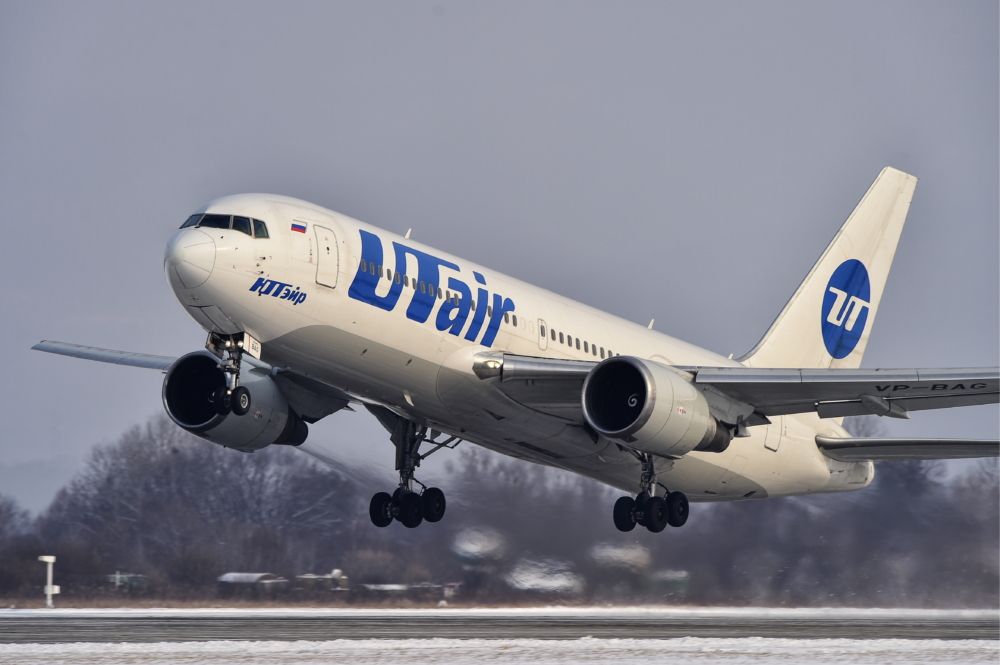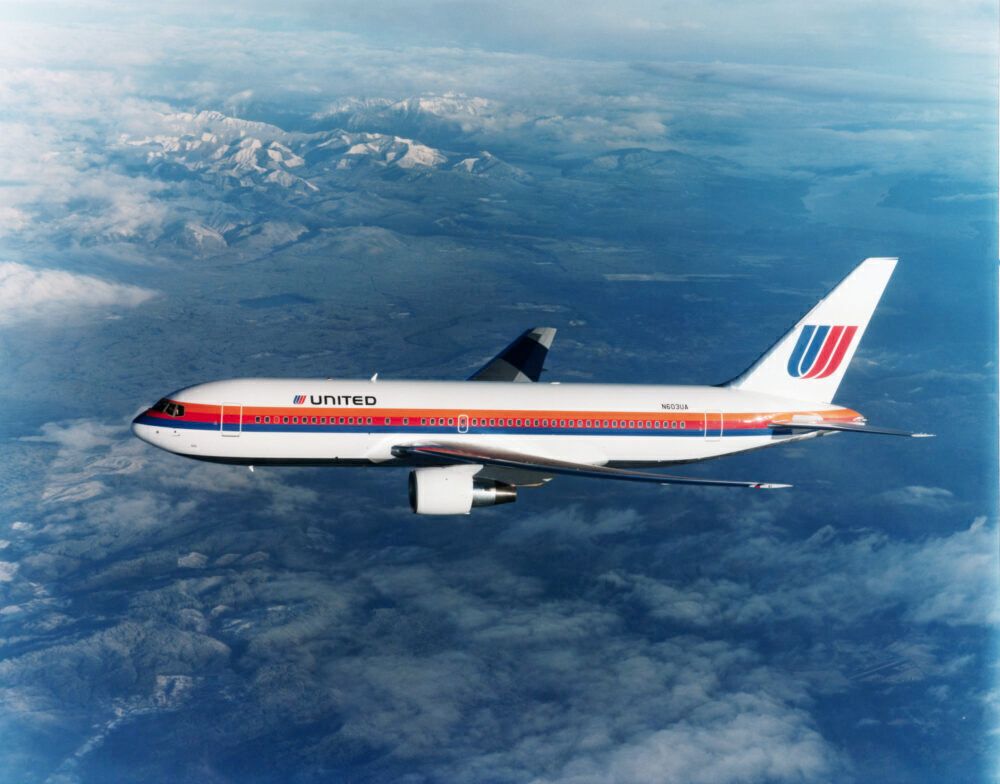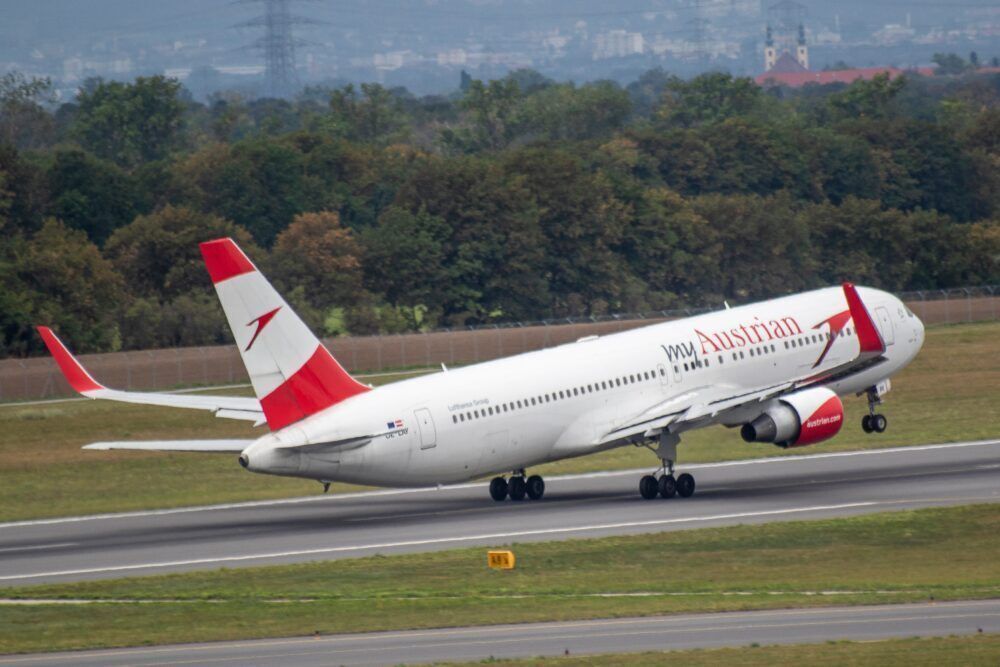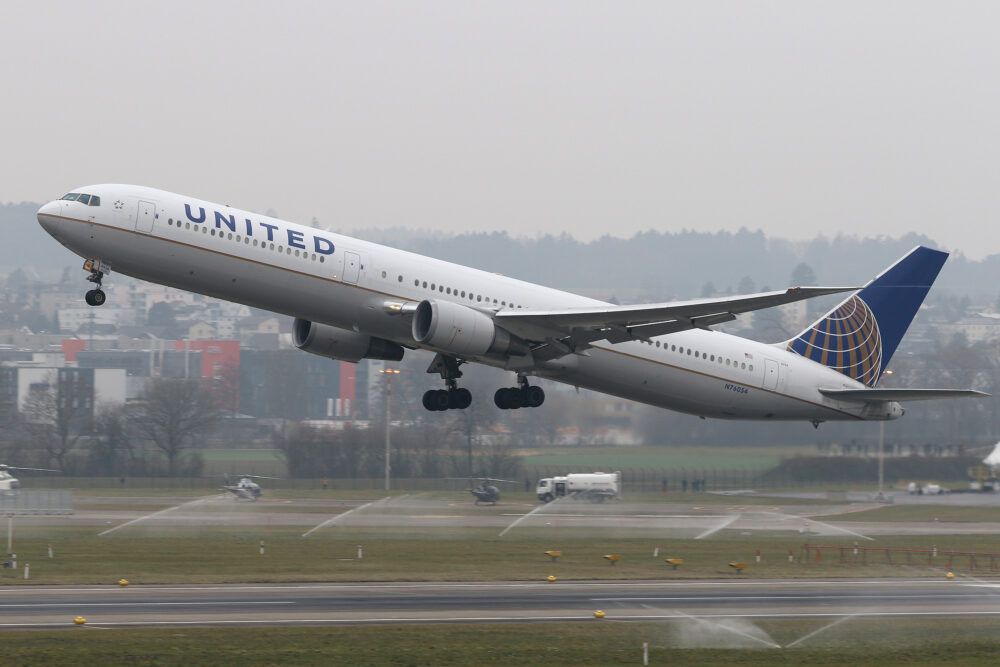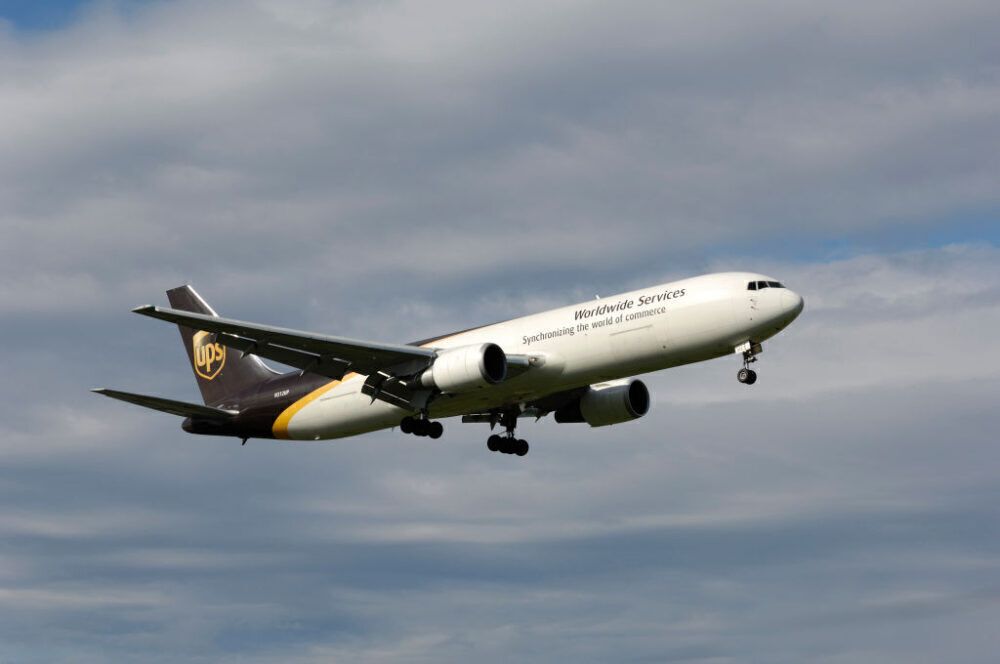The Boeing 767 airplane has been around for almost 40 years. While not quite as popular as its predecessor, the 747, or even its successor, the 777, the 767 has still managed to hold its own over the years. Even though it faces an existential challenge from the more fuel-efficient modern-day jetliners, the 767 still maintains a presence in global skies, particularly on transatlantic routes.
Multiple variants
The 767 was designed to complement the larger 747 for airlines that wanted a twin-aisle widebody jet but not quite as big as the Jumbo. Like most Boeing aircraft, the 767, too, has evolved over the years, catering to ever-changing aviation markets and airline demands. It has had multiple passenger models, a dedicated freight variant, and even one suitable for military operations.
The passenger versions have seen multiple changes to their fuselage lengths and fuel-carrying capacity, enabling the 767 to cover short and medium-haul flights to reasonably long-haul flights as well. Overall, the 767 family has had five passenger models over the years:
- 767-200
- 767-200ER
- 767-300
- 767-300ER
- 767-400ER
In 1995, Boeing delivered its first 767 freighter version based on the 767-300ER fuselage and, in 2000, launched the first international 767 tanker/transport airplane.
Stay informed: Sign up for our daily and weekly aviation news digests.
767-200 and -200ER
The project for the 767 was launched officially in 1978 when United Airlines placed an order for 30 aircraft. The airplane was engineered keeping fuel efficiency in mind and designed with a two-person cockpit.
United launched its frequent flyer program less than a week after American Airlines, and Delta would follow in the same year. Photo: Getty Images
The first 767-200 was delivered to United in 1982 and offered a range of 3,900 nautical miles (7,200 kilometers), and the airline introduced the type on September 8th, 1982, on a flight from Chicago to Denver. Soon after, an extended range variant of the type – 767-200ER – was introduced in 1984, which kept the same fuselage design but offered increased payload and additional fuel capacity.
The 767-200ER came with an increased range of 6,385 nautical miles (11,825 km) and a maximum takeoff weight (MTOW) of up to 395,000 lb (179,000 kg). It was also quite popular with international airlines, with Ethiopian Airlines placing an order in 1982 and Israel’s El Al becoming its first operator in 1984.
767-300 and -300ER
The stretched -300 variant had its fuselage length increased by six meters, which took its maximum passenger capacity to 290 or 261 in a typical two-class configuration. Japan Airlines was the first to operate this type in 1986.
The extended range version for this type – 767-300ER – entered service two years later with American airlines. The Boeing 767-300ER was offered in several takeoff weights, enabling operators to opt only the amount of design weight needed according to their requirements. The range versatility of the 767 family made it a popular airplane at the time to serve routes as short as US domestic and within European to long-range flights over the North Atlantic and North Pacific.
The 767-300ER went on to become the most popular variant, with 583 aircraft sold.
767-400ER
Interestingly, Boeing jumped a generation, decided to skip a -400 type, and came up with the longer 767-400ER version. This type was mainly a result of Delta Airline’s requirement to replace its Lockheed L-1011 Tristar airplanes.
The stretched fuselage increased the capacity to 296 in a typical two-class configuration, but its range, understandably, was less than that of both the -200ER and -300ER. The 767-400ER was launched in 2000 with Continental and remains the family’s least popular aircraft, with just 38 sold.
767-300F
The 767 Freighter is based on the 767-300ER fuselage and was first delivered in October 1995 to United Parcel Service (UPS). With more than 15,469 cubic feet (438 cubic meters ) of cargo volume available, and the ability to carry approximately 52.7 tonnes of revenue payload for more than 3,255 nautical miles (6,025 km), this airplane was marketed by Boeing as an ideal freighter to meet medium-size requirements and to replace aging 707 and DC-8 freighters during that time.
The 767F has been a popular freighter with many airlines, including FedEx, DHL, and UPS and continues to be in production till today.
Indeed, the 767 has displayed its versatility with several variants over the years. With more than 1200 delivered and its freighter version still in production, the 767 has proven to be a reliable workhorse for many airlines across the world.

